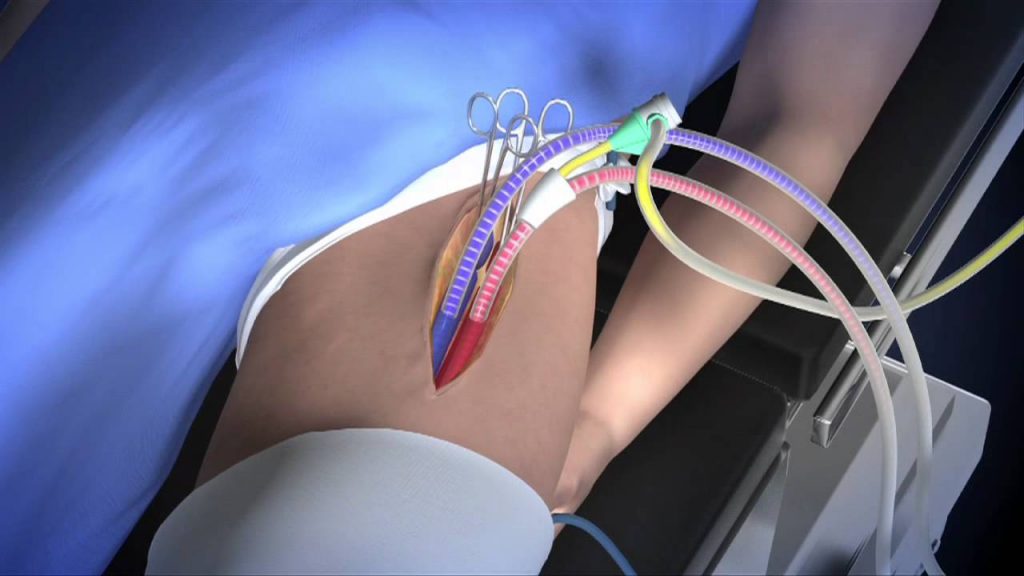Predictors for Acute and Chronic Renal Failure and Survival in Patients Supported with Veno-arterial Extracorporeal Membrane Oxygenation

Background
Renal failure is a common occurrence in patients with refractory cardiogenic shock including those supported with veno-arterial extracorporeal membrane oxygenation. Prevalence and outcome of acute and chronic kidney failure in extracorporeal membrane oxygenation patients have not been well documented. In this study, we investigated the occurrence of acute and chronic kidney failure in veno-arterial extracorporeal membrane oxygenation patients as well as predictors for survival.
Methods
This is a single center retrospective clinical study. We included adult patients with refractory cardiogenic shock who were supported by veno-arterial extracorporeal membrane oxygenation between 2008 and 2015. The primary endpoint of the study was acute kidney injury (KDIGO Stage 3) during extracorporeal membrane oxygenation and chronic kidney failure requiring renal replacement therapy, 30 and 90 days after extracorporeal membrane oxygenation. The secondary endpoint was in-hospital survival and 90-day survival.
Results
A total of 196 veno-arterial extracorporeal membrane oxygenation patients were investigated. In total, 41.8% (82/196) patients had acute renal failure requiring continuous renal replacement therapy during extracorporeal membrane oxygenation. The 30- and 90-day survival was 55.1% (108/196) and 48.5% (95/196), respectively; 21.3% (23/108) and 11.6% (11/95) patients needed renal replacement therapy after 30 and 90 days, respectively. Predictors for KDIGO Stage 3 renal failure during extracorporeal membrane oxygenation were lactate (p = 0.026) and the number of blood units transfused during extracorporeal membrane oxygenation support (p = 0.000). A predictor for renal replacement therapy after 30 and 90 days was an elevated plasma-free hemoglobin level. The in-hospital survival was 54.6% (107/196). Serum lactate of less than 4.3 mmol/L, lower age, plasma-free hemoglobin of ⩽62 mg/dL, low number of blood units transfused during extracorporeal membrane oxygenation, and the use of an intra-aortic balloon pump were predictors for in-hospital and 90-day survival.
